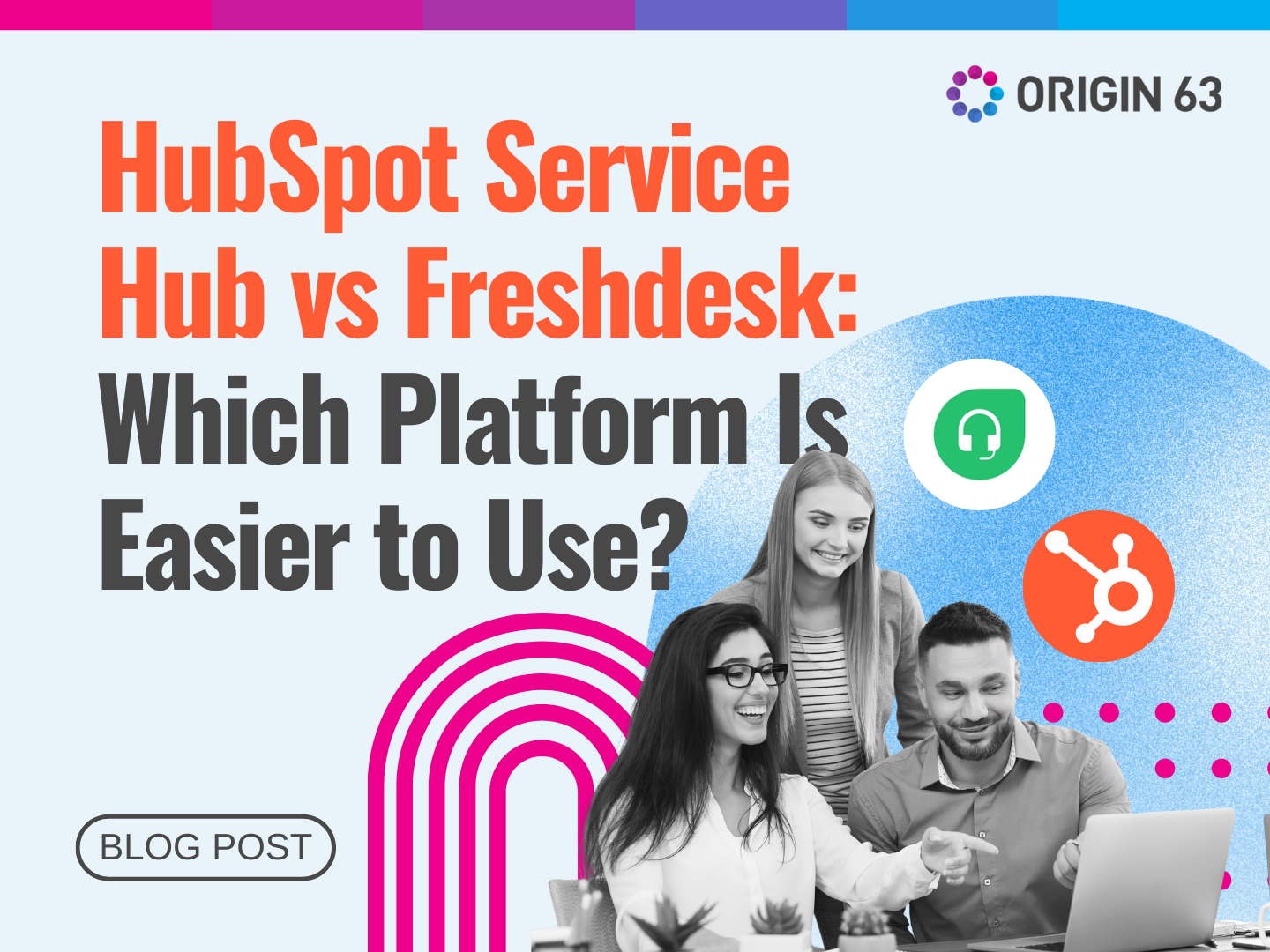Many businesses struggle to keep customers engaged. One big reason is they’re not meeting real customer needs. Instead, they send out messages that feel generic or offer solutions that don’t quite fit.
When you take time to understand what your customers want and use that insight to shape your product and messaging, engagement gets stronger. People feel seen, and they’re more likely to remain loyal to your brand.
In this blog, we’ll show you how to identify and respond to customer needs, enabling you to create more effective messages, enhance product adoption, and foster long-term relationships.
The Challenge: When Messaging Doesn’t Match Customer Needs

Have you ever read a marketing email and thought, “This isn’t for me”? That’s what happens when businesses don’t take the time to understand customer needs. Instead of feeling helpful or relevant, the message feels random and easy to ignore.
A big mistake companies make is assuming they already know what customers want. They skip the work of asking questions or listening closely. The result? Products miss the mark. Campaigns fall flat. And engagement drops.
Customers are quick to notice when something feels off. Customers are more likely to tell 16 people about a bad experience than 9 people about a good one.
That’s a huge risk for any business. If your messaging doesn’t match what your customers need, you’re not just losing attention. You could be hurting your brand’s reputation, too.
Why Customer Needs Should Guide Your Strategy
People expect more than just a good product. They also want an experience that feels personal and helpful. If your message doesn’t speak to their real needs, they’ll move on. However, when it does, trust is built and sales grow.
Customers are now used to tailored experiences. They want brands to remember their preferences, solve their problems, and talk to them like real people. That’s why a customer-first approach matters more than ever.
And it pays off. Customers are likely to spend 140% more after a positive experience than those who had a negative one. When you meet people where they are and offer real value, they reward you with loyalty and business.
A Customer-Centric Approach: The Solution
A customer-centric approach means putting your customer at the center of every decision you make. Instead of starting with what you want to sell, you start with what your customer needs. You build your product, messaging, and service around helping them succeed.
This mindset shifts the focus from “How do we promote this?” to “How do we solve their problem?” It’s about making their goals your goals, so you can grow together.
Let’s break that down into three steps:
1. Focus on Their Goals, Not Just Your Product

Instead of just talking about features, connect your product to what your customer is actually trying to achieve. Are they trying to save time? Get more organized? Reach more clients? Show them how your product helps them do that.
When your message speaks to their real goals, customers feel like you’re on their side. That makes it easier for them to say yes, and stick around.
2. Use Feedback and Behavior to Guide You
The best way to learn what customers need is to listen. Look at what they’re doing (like which pages they visit or what they click on) and ask for feedback through surveys, chats, or interviews.
77% of consumers view brands more favorably if they seek out and apply customer feedback. That means listening is helpful and builds trust.
3. Adjust Messaging and Delivery with Data
Once you understand your customer’s needs and goals, use data to personalize the experience. This might involve displaying different content to different types of customers or adjusting your messaging based on their past actions.
When your message feels relevant, people are more likely to pay attention and take the next step.
How to Identify Customer Needs Effectively
You can’t meet customer needs if you don’t know what they are. That’s why this step matters so much. It’s about doing the work to listen, observe, and connect the dots, so you can speak to your customers in a way that feels personal and useful.
Here are four ways to do that:
1. Have Real Conversations
Start by talking to your customers, not in a sales-y way, but with curiosity. Ask open-ended questions that help you understand their goals, struggles, and what matters to them.
For example, you can ask:
- “What were you hoping to fix when you came to us?”
- “What’s been the hardest part of reaching your goal?”
- “What would a win look like for you?”
Don’t rush to explain your product or pitch a solution. Just listen. These conversations can uncover needs you didn’t expect, and show you how customers describe their problems in their own words, which is gold for writing better messaging.
You can also gather insights from surveys, support tickets, or even social media comments. Every bit of honest feedback counts.
2. Look at What They Do, Not Just What They Say

People don’t always say exactly what they need. But they show it in their behavior. Look at the data:
- What pages do they visit on your website?
- Which emails do they click?
- What features do they use often, or avoid?
For example, if people keep signing up but don’t complete onboarding, something’s getting in their way. If many users ignore a certain tool, perhaps it’s not solving a real problem.
Behavioral data helps you find blind spots and opportunities to improve the experience.
3. Connect Features to Their Real Goals
It’s not enough to talk about your product’s features. You should show how those features help customers reach their goals.
That means translating features into outcomes.
Let’s say you sell scheduling software:
- Don’t just say, “We have calendar sync.”
- Say, “You’ll never miss a meeting or double-book again.”
This shift in language makes your value clearer. It also helps you market your product in a way that connects emotionally because you’re showing how you make someone’s life easier, not just what buttons they can press.
4. Tailor Your Messaging for Different Segments
Not every customer needs the same thing. Some want speed. Others want control. Some are just getting started. Others are ready to scale. You can’t speak to everyone the same way.
That’s why segmentation matters. Divide your audience into smaller groups based on what they care about, such as role, industry, behavior, or company size.
Then, write your messages to match each group’s world. The more specific and relevant your message feels, the more likely they are to engage.
Even simple personalization, such as using their name, or job title, or pointing out a common problem, can make a significant difference.
Results: Increased Engagement Through Relevance
When you build your strategy around real customer needs, your efforts begin to yield results. Your messaging feels right. Your product feels useful. And your customers feel like you understand them. Here's what that leads to:
Higher Trust and Loyalty

When customers see that you truly “get” them, they feel more confident in your brand. They know you're not just guessing, you’re paying attention to their feedback, their behavior, and their goals. That builds trust.
And trust leads to loyalty. Loyal customers don’t just buy once. They come back again and again, and they’re more likely to choose you over competitors, even when things go wrong. They’re also more forgiving because they know you’re trying to serve them well.
Better Adoption and Long-Term Value
Even the best product won’t get used if people don’t see how it helps them. When you align your features with what your customers want to accomplish, they’re more likely to try new tools, use them fully, and stick with your product long-term.
Clear, helpful messaging and user-friendly experiences make it easier for customers to take action. This means fewer drop-offs, less confusion, and more people reaching the goals they care about, with your help.
There will be more value for the customer and more value for your business over time.
Stronger Customer Relationships
Good business isn’t just about transactions. It’s about relationships. When customers feel heard and understood, they’re more likely to open up, give honest feedback, and stick with you through ups and downs.
This relationship gives you something really powerful: insight. Engaged customers will tell you what’s working and what’s not. They’ll help you spot trends, test ideas, and grow your business in ways that truly serve their needs.
And when they feel like part of the process, they’re more likely to become advocates, sharing your product with others and helping your brand grow.
Start with What Your Customers Need
If you want better engagement, stronger loyalty, and real growth, don’t guess what your customers want; ask them. Pay attention to what they do, listen to their feedback, and use what you learn to shape how you communicate and what you offer.
Customer needs should guide every part of your strategy. When your messaging, product, and service all speak to those needs, people respond. They feel understood. They stay longer. And they’re more likely to become advocates for your brand.
Start small if you need to, just commit to listening more, learning often, and leading with value.
Need Help Putting This into Action?
Origin 63 helps businesses use HubSpot the smart way, so you can connect with customers, automate the busy work, and focus on what matters most. Let’s work together to build a system that’s strategic, simple, and built around real customer needs.














.png?width=90&height=90&name=Arrows%20Partner%20Badge-test%20(1).png)

